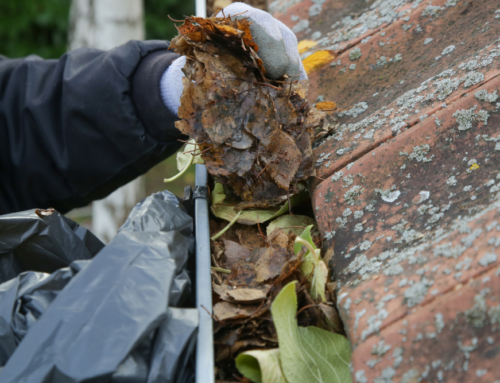With the short, dark days of winter all around, it’s important not to lose sight of the long-term health and beauty of your landscape, and specifically the health of your lawn over the winter. Not much action is evident to the eye, but below the surface, your grass and plants are still storing nutrients and maintaining health throughout the winter months.
Dormant seasons are natural, normal and healthy and provide your lawn a period to take a rest before a big season of fighting off more of that Texas heat! Healthy lawns in the spring start with regular lawn maintenance over the winter, so make sure to include lawn care in your winter time plans.
The Process Of Dormancy
Over the cold winter months, lawns and plants go into a period of dormancy when they stop actively growing. Dormancy occurs in response to the shorter days and lower temperatures of winter. An easy way to understand dormancy is to think of your lawn “hibernating” over the winter and then waking up when the weather turns warmer again.
During periods of dormancy, the grass’s metabolic processes slow down, and the lawn requires less water and nutrients. This allows the grass to conserve energy and survive the winter months. In the spring, when temperatures start to rise and the days get longer, the grass will “wake up” from its dormant state and begin to actively grow again.
How Temperature And Light Affect The Lawn
Light and temperature work in conjunction when it comes to your growing lawn. When temperatures drop consistently and vegetation gets less and less sunlight, this is the trigger for grasses and plants to go into a dormant state. The grass will enter a dormant state when temperatures fall below a certain point, typically around 40-45 degrees Fahrenheit in most cool season grass.

While in its dormant state, your lawn’s metabolic processes slow down, and it requires less water and nutrients. Post winter, as the temperatures rise, and the days get longer, the grass will “wake up” from its dormant state and begin to actively grow again.
The Benefits Of Dormancy
Although dormancy is associated with a sort of plant hibernation, dormancy actually has several benefits when it comes to the health of your lawn. It allows your grass to conserve energy and survive the winter months when growth is limited by low temperatures and shorter days. This helps your lawn get ready for active growth when the weather warms up. A few other ways dormancy helps to reduce the stress on the grass is by:
- Slows down the metabolic processes taking place
- Reduces the need for water and nutrients
- Helps to improve the overall health and appearance of the lawn
- Reduce the need for winter maintenance, such as mowing, watering, and fertilizing
- Reduces the risk of damage from snow mold and other winter diseases
It’s important to remember that a dormant season is just that – a season. Even indoor plants go through periods of dormancy in which they don’t grow as much or require as much care to thrive. Your lawn benefits immensely from this time each year when it can store up water and nutrients and prepare for the heatwave we all know is coming.
Winter Lawn Care Near You
No matter the season, your lawn always needs some form of maintenance to keep it healthy and strong when the heat waves come back. At R&O Landscape Services, we take lawn maintenance seriously year round so you can focus on what is most important to you. We have all the tools, equipment and know-how necessary to take your lawn from lacking to lush by the time spring comes around. Give R&O Landscape a call today at 817-944-4592 to request a free quote on your lawn care needs!




